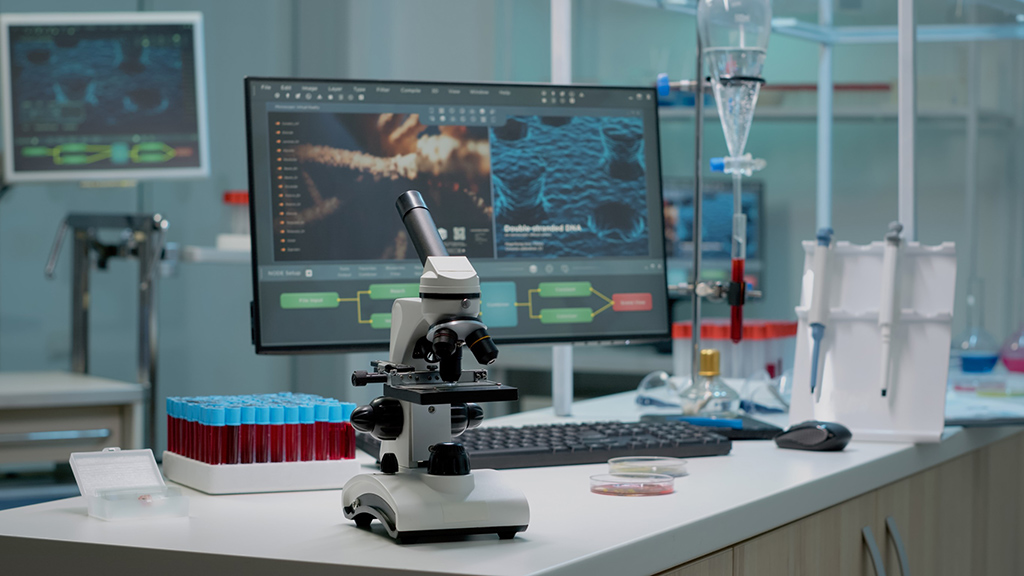Non-Invasive Tests May Help Identify Patients Facing Higher Risk for Cervical Cancer Recurrence
Posted on 10 Oct 2023
About 30-40% of cervical cancer patients develop recurrence of their tumors after undergoing chemoradiation, and the residual disease is usually detected too late to positively affect their chances of survival. Although tissue biopsies have been the traditional method for detecting tumors, they are invasive and offer only a limited view of a specific tumor area. Liquid biopsies, on the other hand, offer a less invasive way to detect microscopic tumor components in bodily fluids like blood or urine, including markers like circulating tumor DNA (ctDNA) and human papillomavirus (HPV). Now, a new study has confirmed the efficacy of two liquid biopsy tests that search for HPV in the blood in detecting high-risk patients for recurring cervical cancer post-chemoradiation
The study by researchers at the University of Toronto (Ontario, Canada) examined two emerging tests, one using digital polymerase chain reaction (dPCR) and another using genetic sequencing of HPV, and found both to be equally good at identifying residual disease in patients who had just finished radiation and chemotherapy for cervical cancer. These liquid biopsy tests have the advantage of detecting HPV remnants in the blood following chemoradiation before any new tumors appear, enabling earlier treatment and possibly improving survival outcomes.

In an earlier pilot study, the research team had taken blood samples from 20 cervical cancer patients before and after their chemoradiation treatments. Using dPCR tests, the team found that those with detectable HPV ctDNA after chemoradiation had worse prospects than those without. The current study aimed to validate these initial findings in a more extensive patient pool, using both dPCR and advanced HPV sequencing tests. For this, the researchers enrolled 70 patients from different healthcare centers who were diagnosed with HPV-positive cervical cancer and had undergone chemoradiation. These patients were observed for an average of 2.2 years.
The study participants provided blood samples prior to treatment and also underwent blood tests right after treatment, as well as four to six weeks and 12 weeks following treatment. The study revealed that patients with detectable HPV ctDNA at these intervals had significantly lower rates of avoiding disease progression. For instance, only 53% of patients with detectable HPV ctDNA right after chemoradiation remained progression-free two years later, compared to 87% of those without detectable HPV ctDNA at that time. The gap was even wider 12 weeks after treatment.
Liquid biopsies are gaining traction due to technological advancements, offering a promising method for non-invasive cancer screening, especially among high-risk groups. However, these tests are not yet universally accessible. One hurdle in expanding HPV ctDNA testing for cervical cancer is the variety of HPV types responsible for the disease. Despite this, the HPV sequencing test used in the study was able to accurately identify all 11 distinct types of HPV involved, the researchers noted. The broader availability of liquid biopsies is essential for future studies aimed at identifying high-risk patients and determining the intensity of their treatment.
“These non-invasive tests can detect residual disease following chemoradiation treatment earlier than imaging or a clinical exam,” said lead study author Kathy Han, MD, a radiation oncologist at the University of Toronto. “We can detect very minimal disease, before it grows bigger, which potentially will enable us to intervene earlier and improve outcomes for people with cervical cancer.”
Related Links:
University of Toronto














